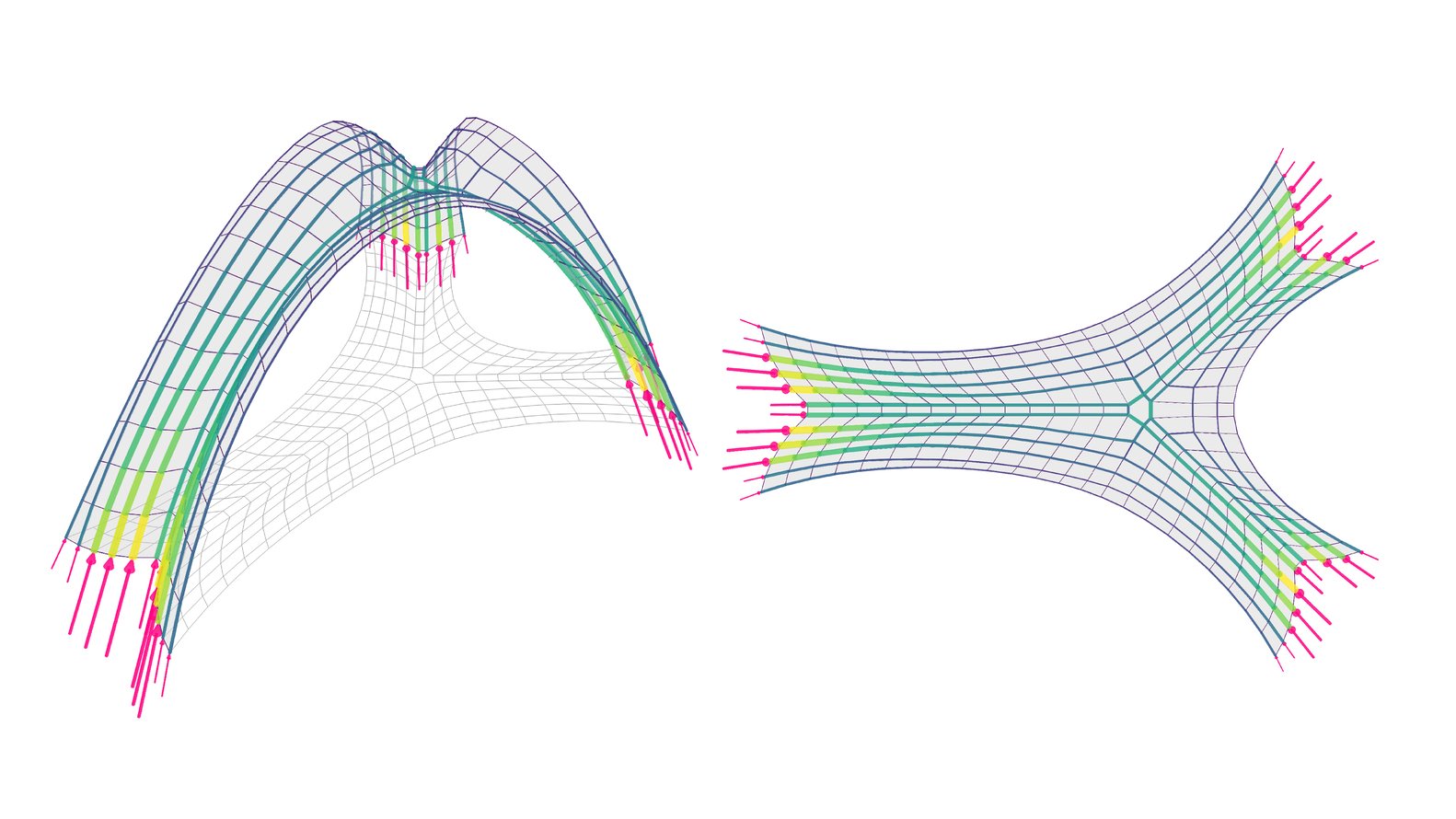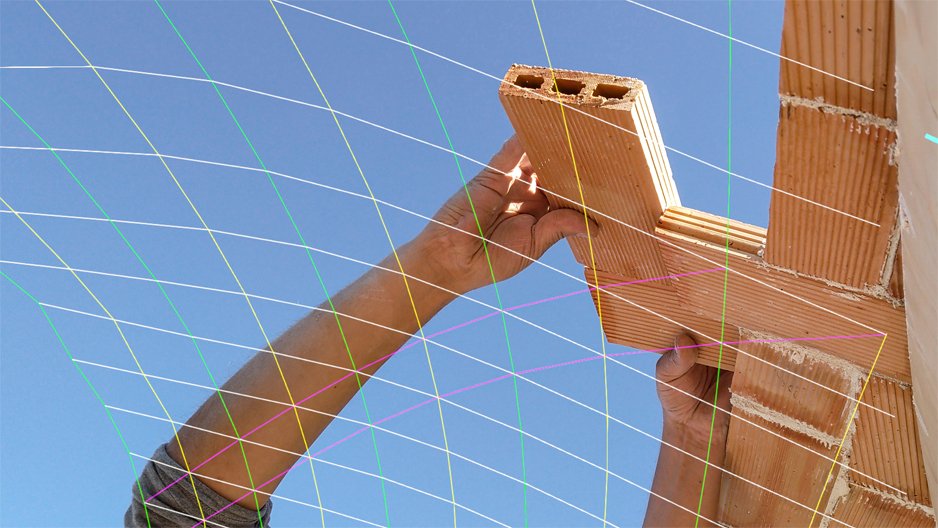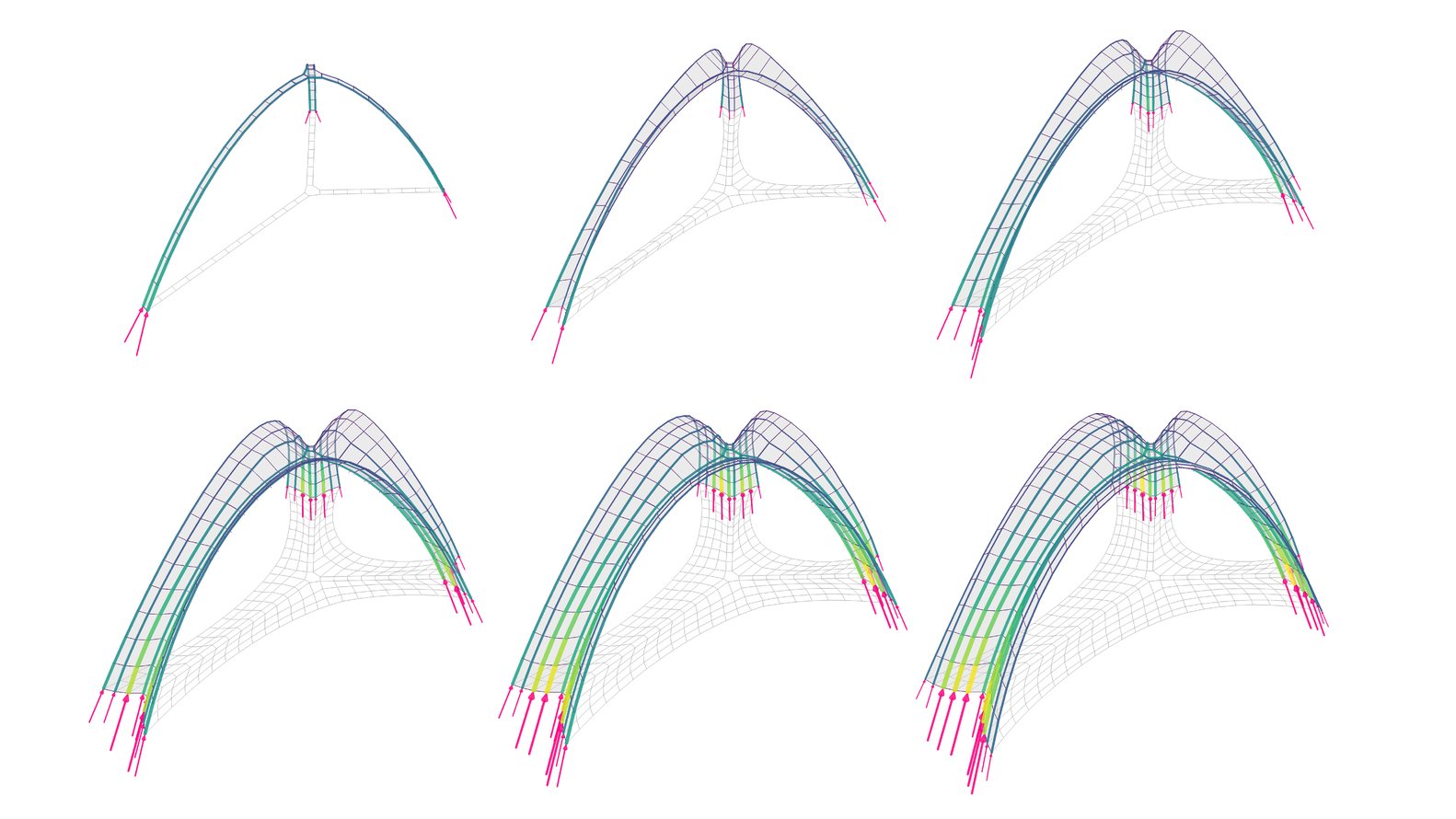InnixAR
Date: 2023
Location: IE University's campus in Segovia, Spain
Project Phase: Completed
Type: Built Pavilion
Project management: Wesam Al Asali, Sigrid Adriaenssens
Design: Rafael Pastrana, Robin Oval, Edvard Bruun, Wesam Al Asali
Construction: Salvador Gomis Aviño, Wesam Al Asali, Robin Oval, Rafael Pastrana, Vittorio Paris
Sponsors: Princeton University's Institute for International and Regional Studies (PIIRS), Cerámicas La Paloma
Materials: (Bricks) Cerámicas La Paloma, (Paris plaster) Saint-Gobain Placo; Wood (Phenolic birch marine plywood)
Can current design and manufacturing technologies be incorporated into vernacular and traditional construction techniques? On the IE University campus in Segovia, a group of researchers from IE University, Princeton University, and the University of Bergamo built an unreinforced masonry structure called innixAR that demonstrates how digital technologies can enhance craftsmanship. This pavilion explores the intersection between the latest augmented reality (AR) innovations and 4D funicular design to allow vault craftsmen to build masonry structures without the need for physical guides and costly temporary molds.
The project led by the architect and CoFounder of IWLab Wesam Al Asali and Sigrid Adriaenssens is composed of three curved vaults that use fixed wooden ribs for support. The construction uses the technique of Guastavino tile, which uses quick-setting plaster and lightweight terracotta pieces to create thin compression structures.
The form was created using an innovative 4D funicular design method developed at Princeton University. This method uses a sequence of assembly and restricted form-finding to generate compression-only structures. In this case, inspired by the study of vernacular vault construction. Here, they worked closely with Salvador Gomis Aviñó, an expert in vault construction from Valencia with 20 years of experience in his trade.
Guided by holograms superimposed on their field of view through an Augmented Reality viewer, the builder was able to create a complex masonry structure without the need for molds, guides, and formwork that consume time and materials. These holograms described the geometry of the vault as a reference for its shape and the pattern of the bricks. At the same time, using AR-enabled real-time structural monitoring during the vault construction provided an additional advantage in terms of efficiency and safety.
InnixAR is the result of a three-year-long collaboration between IE University's School of Architecture and Design and Princeton University's Form Finding Laboratory, and has been supported by the Teaching Initiative Fund of the Princeton Institute for International and Regional Studies. This high-level collaboration has allowed researchers and students not only to explore the potential of the intersection of traditional construction techniques with digital technologies but also to create more sustainable and environmentally friendly architecture, with a lower carbon footprint.


























